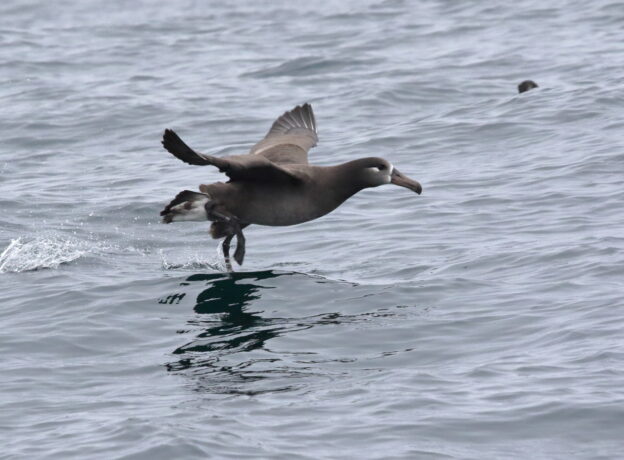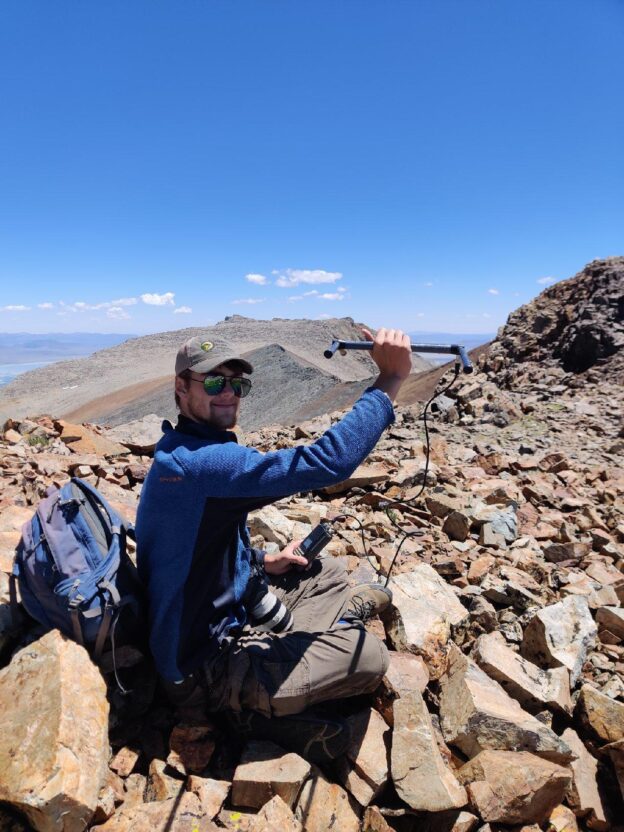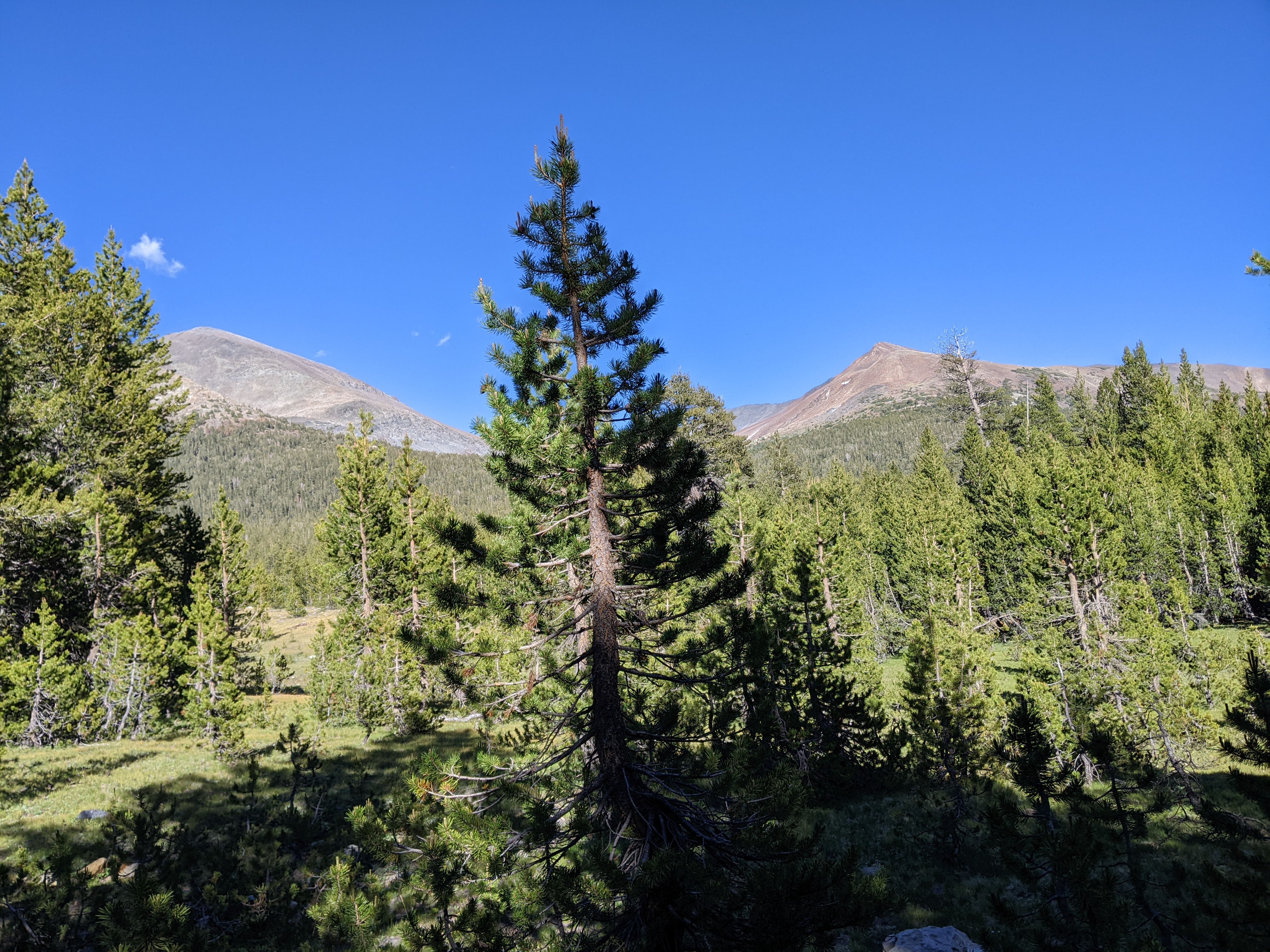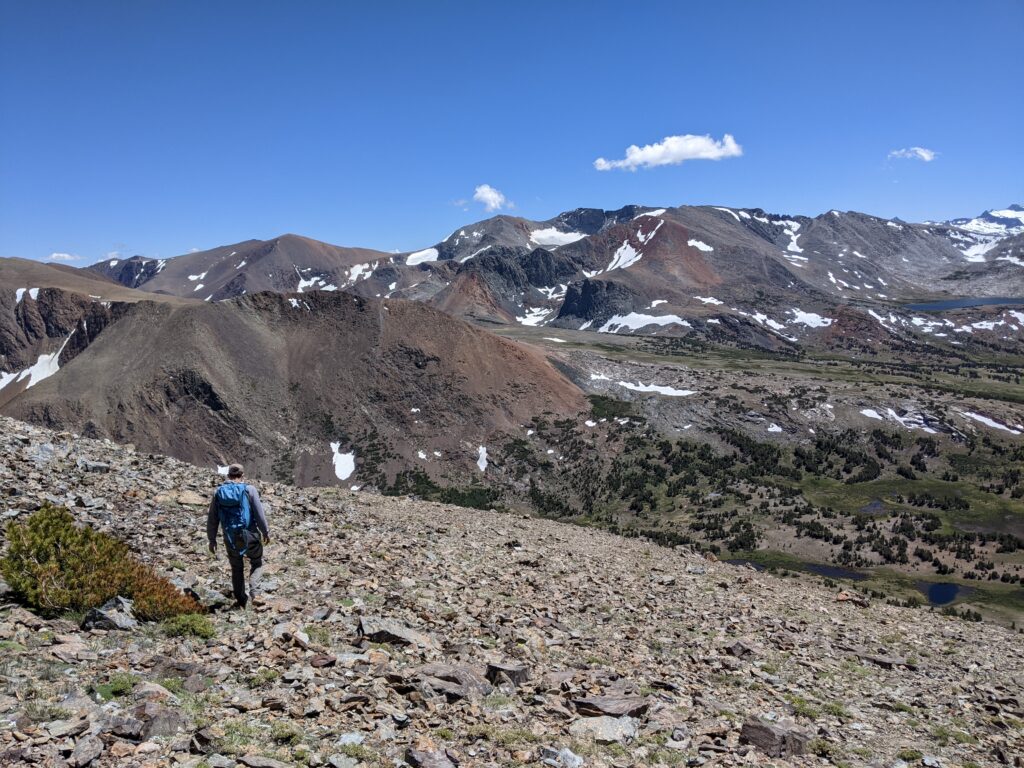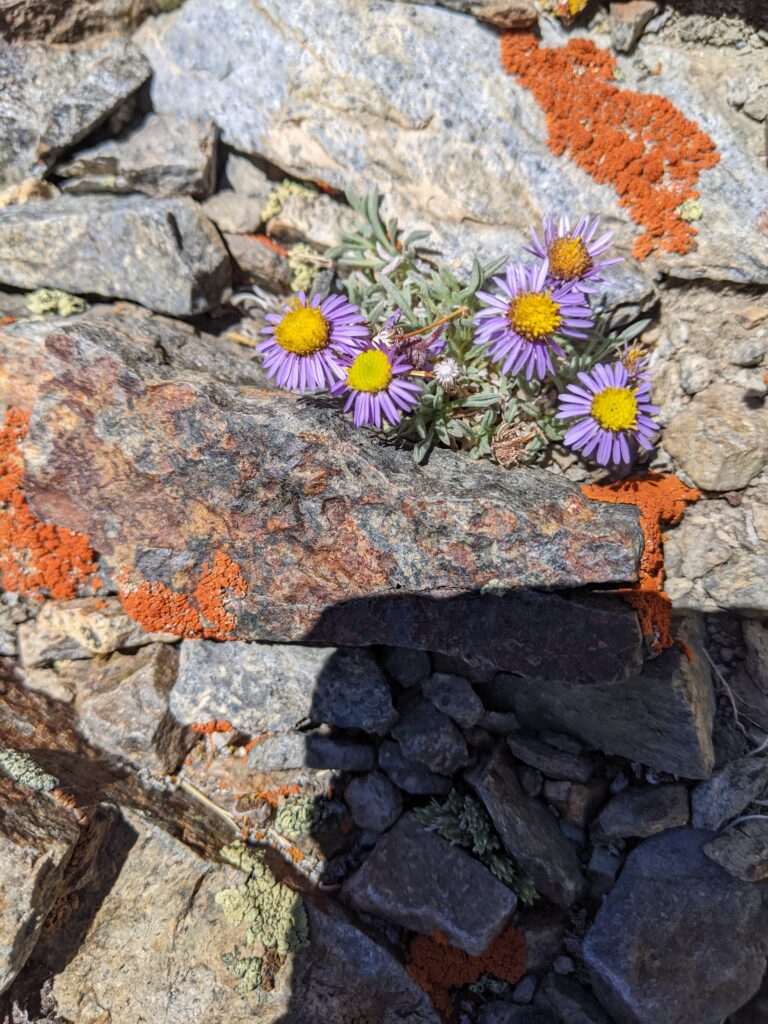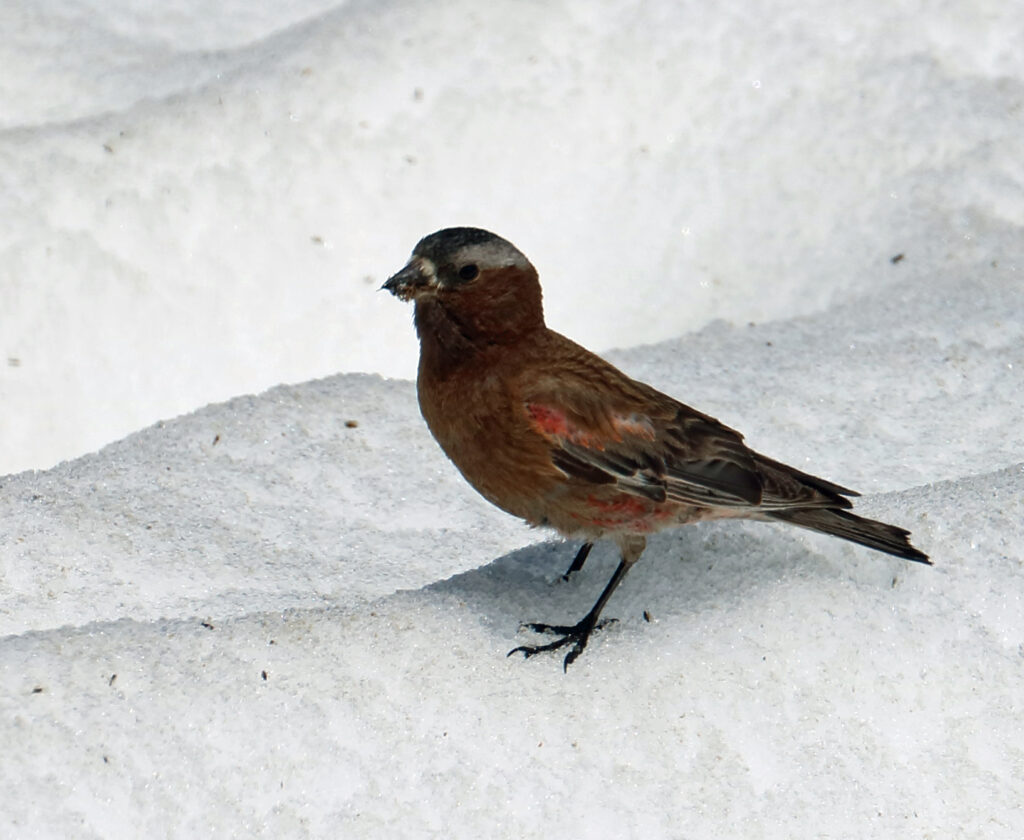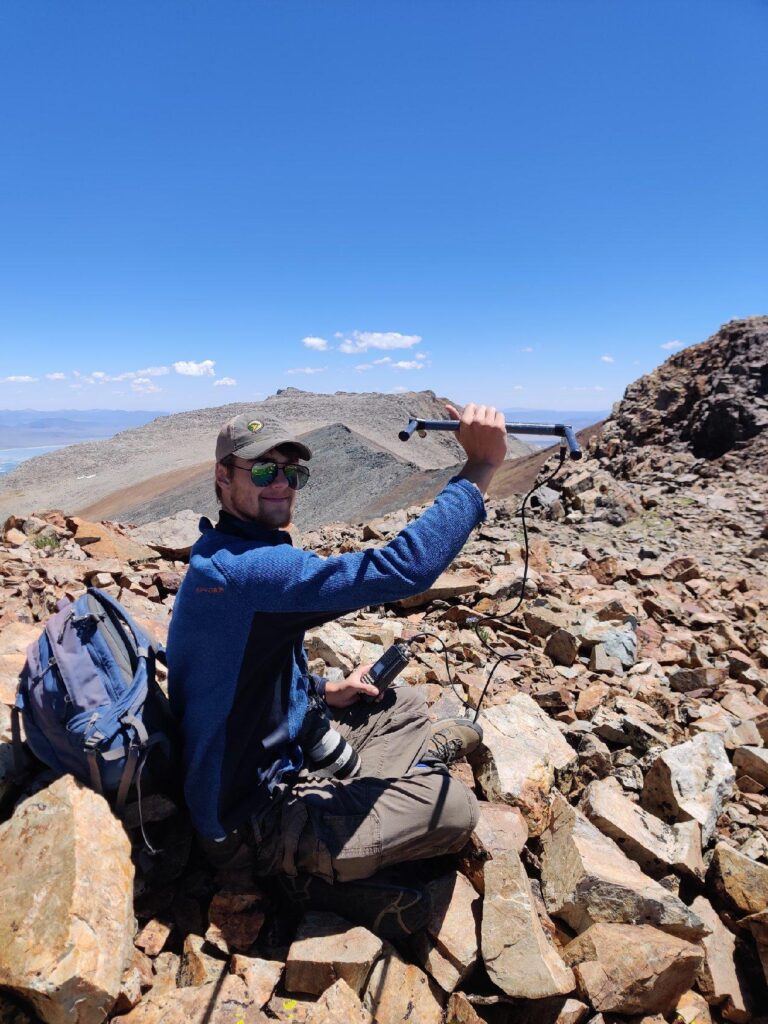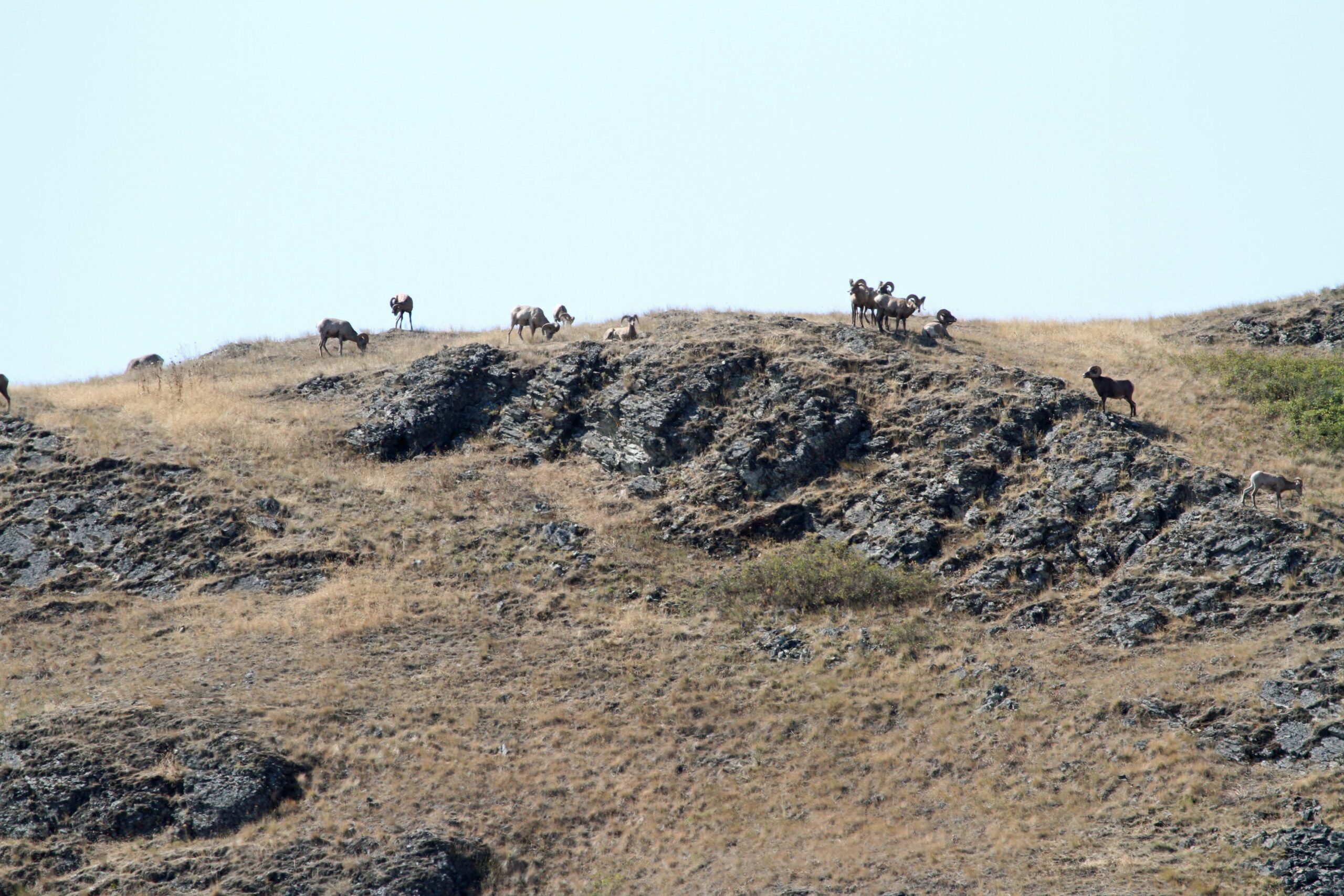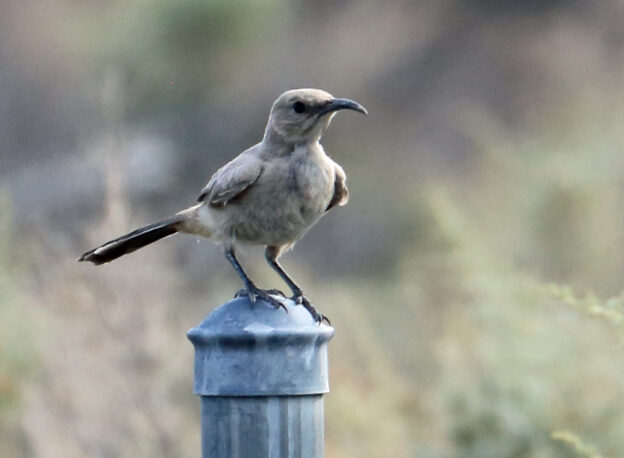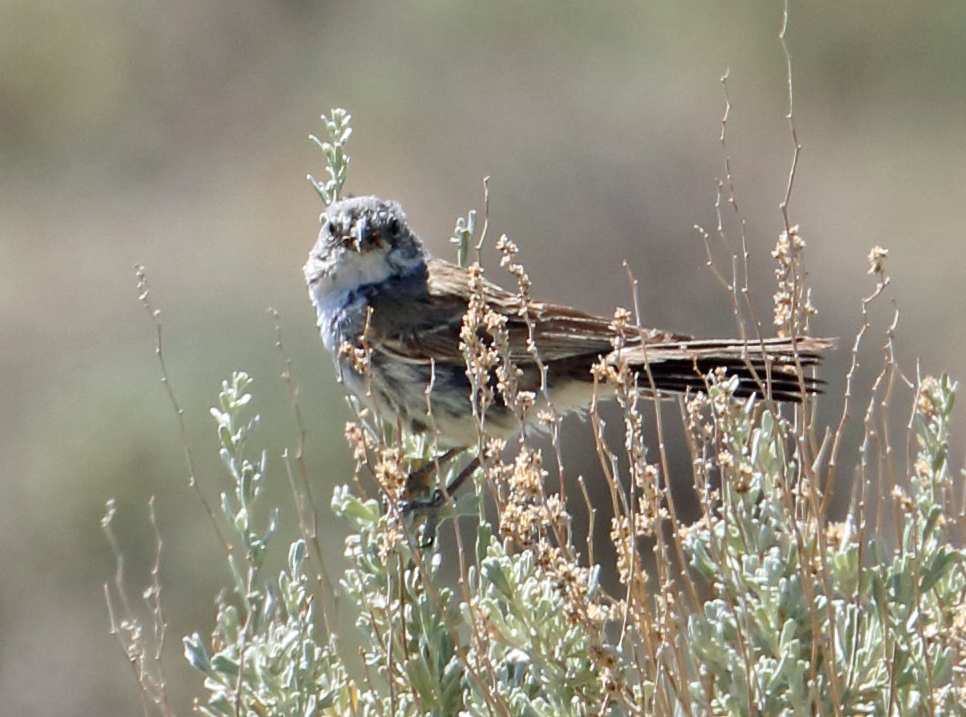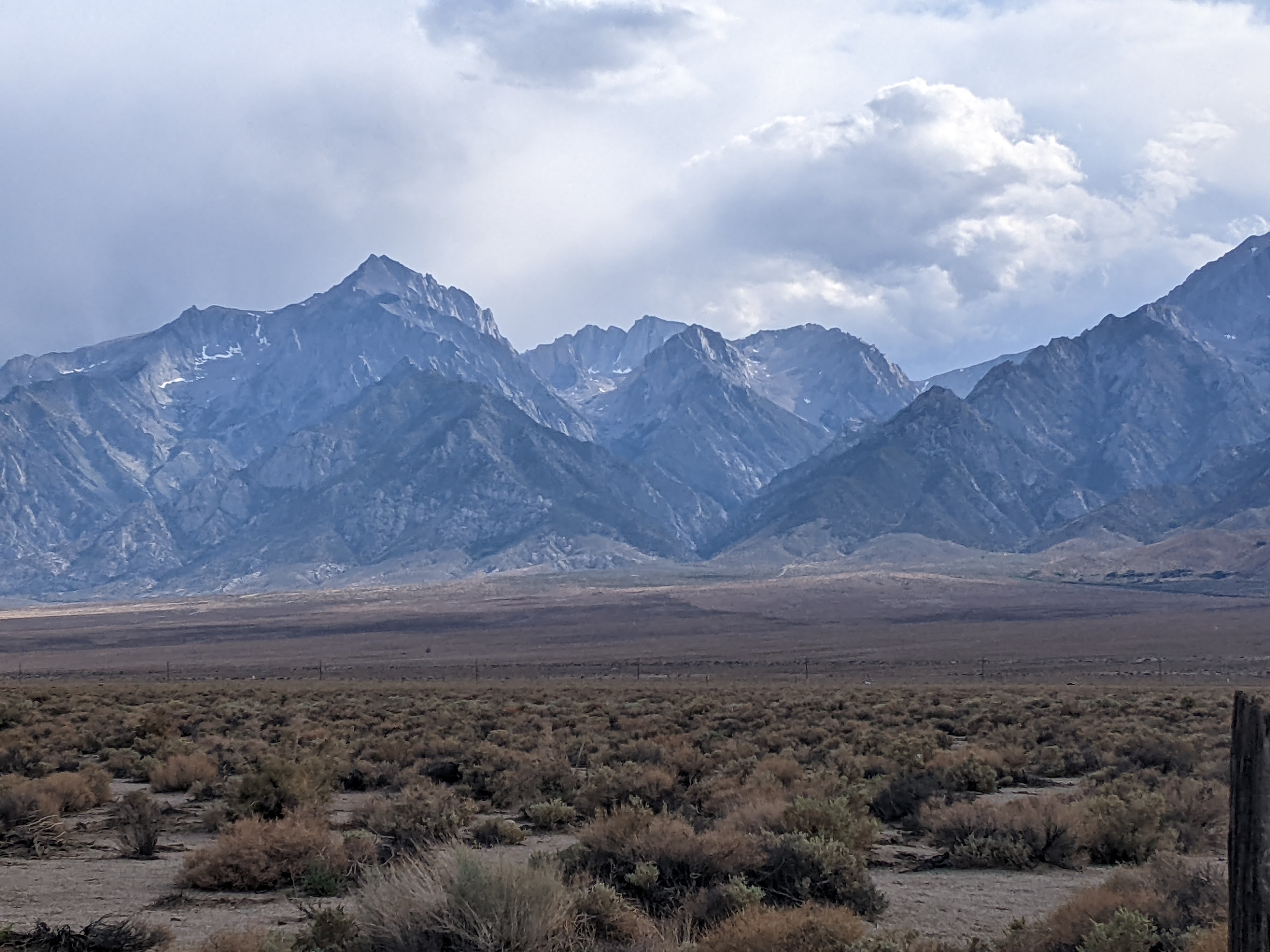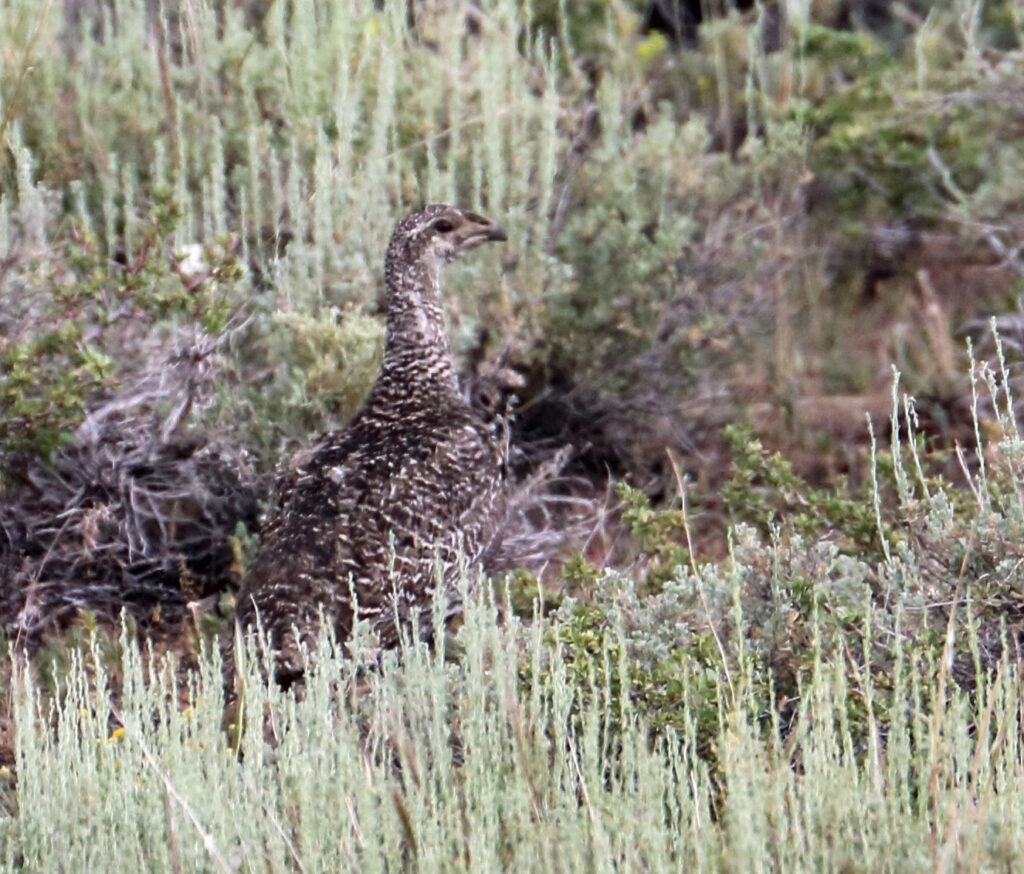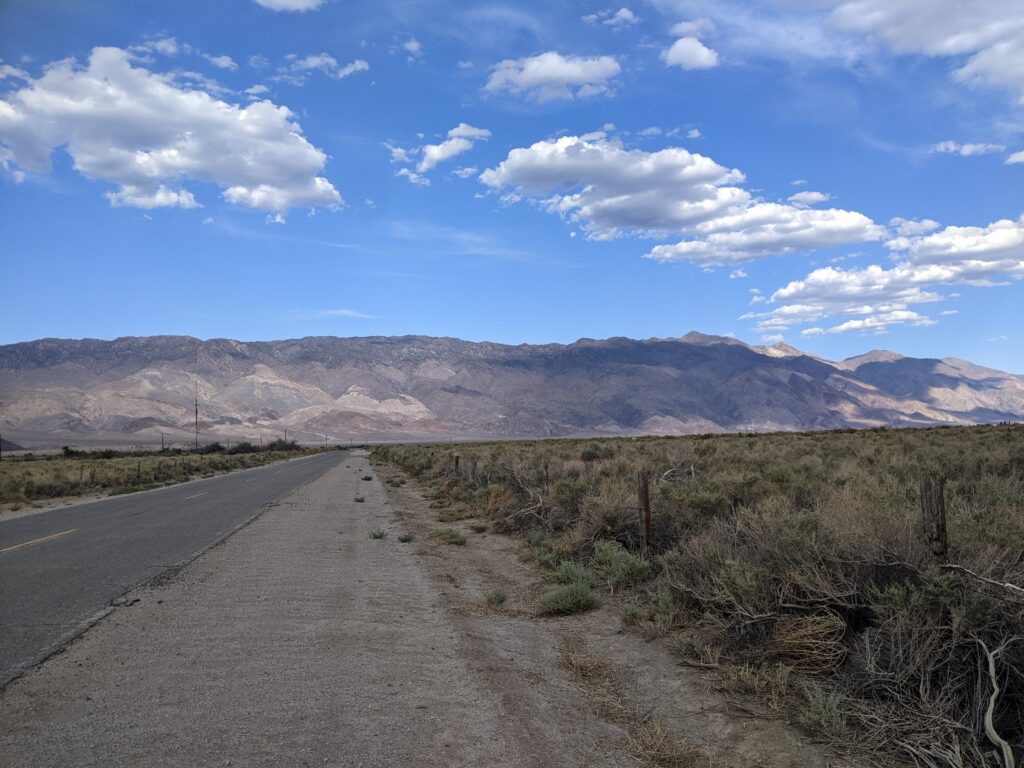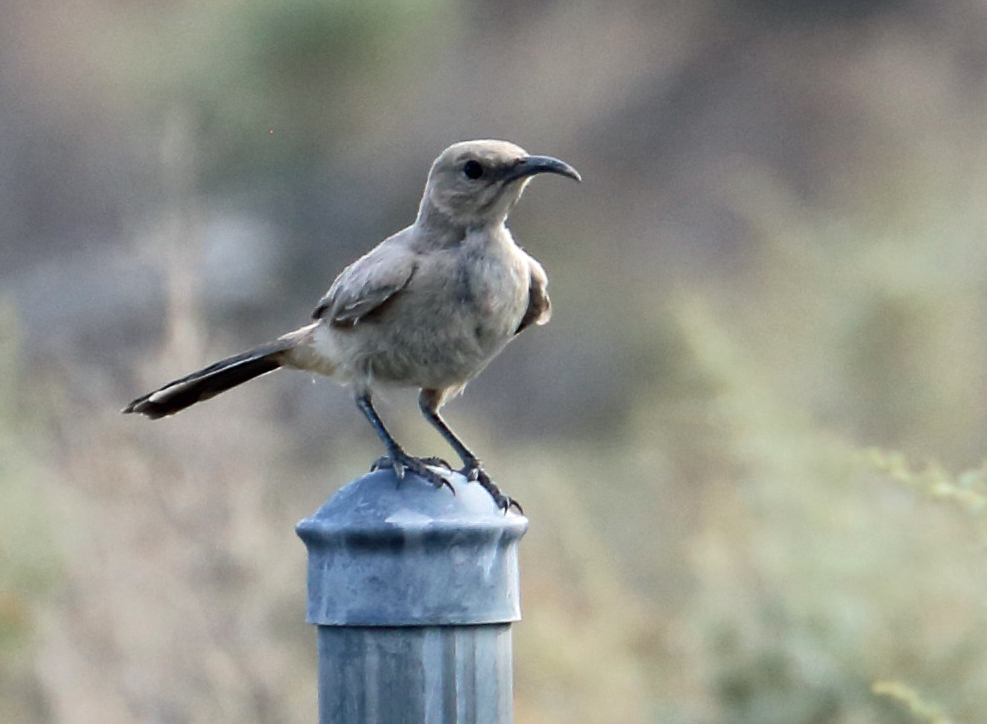After almost two months in the Sierras, Braden and his co-worker San Darmstadt headed to the coast for a much-anticipated chance to go on a pelagic birding cruise out of Half Moon Bay—familiar territory for his dad (yours truly) during his college years at Cal. While Braden had suffered from seasickness on previous pelagic cruises, he hoped that today would be different—especially because he was within three species of reaching the coveted 1,000 mark for his Life List. Would he make it? Would he lose his lunch—and breakfast? Read on to find out—and, as always, please feel free to share this post.
Photography note: as you will read below, Braden was not able to take photos of this trip, so I (Sneed) have taken the liberty of including photos from our first pelagic trip, out of Monterey with Debi Shearwater, during our Big Year of 2016. Photos of the actual Half Moon Bay cruise graciously provided by Sam Darmstadt! (Photo captions by Sneed.)
As far as I could count, I had taken not one, not two, but at least five precautions to counteract seasickness. As our boat, the Captain Pete, pulled out of Pillar Point Harbor, I stood on the ship’s port side, staring at the foggy seaside communities of Half Moon Bay, confident that this would be the time I finally avoided turning green out on the ocean. I could not have been more horribly wrong.
The leader of the Institute for Bird Populations Spotted Owl crew, Ramiro Aragon, had told us about this Half Moon Bay pelagic trip back in early June, and Sam Darmstadt and I had quickly signed up. That had given us close to two months of growing anticipation for the trip, and both of us were thrilled as we stepped aboard the boat at seven in the morning, backpacks loaded with saltines and minds filled with possible lifers we could see. I had taken a “Less Drowsy” Dramamine tablet half an hour earlier, and wore two acupressure bands on my wrists that supposedly helped to prevent motion sickness. The night before, I’d gone to bed early rather than socializing so that I would feel well-rested for the ten-hour pelagic the next morning. I even left my camera in the cabin, swearing to only use my binoculars if absolutely necessary as I grasped the railing with one hand and tucked the other in my pocket for warmth.
The birds began rolling in as soon as the boat cleared the harbor. Thousands of pelicans and cormorants roosted on the breakers, waiting for the heavy fog to lift. Alvaro Jamarillo, one of the United States’ best birders and a leading expert on all water-related birds (especially gulls), called out a Wandering Tattler feeding just above the water line on some of the rocks, providing everyone onboard with stellar looks at this species that I’ve only seen twice before. Behind Debi Shearwater’s famous pelagic boat tours that ended a few years prior, Alvaro’s Adventures were the most famous West Coast pelagic tours, in part thanks to Alvaro’s skill and experience, along with the rarities he’d encountered over the years. In 2014, this exact trip out of Half Moon Bay had run into the first ABA record of Salvin’s Albatross!
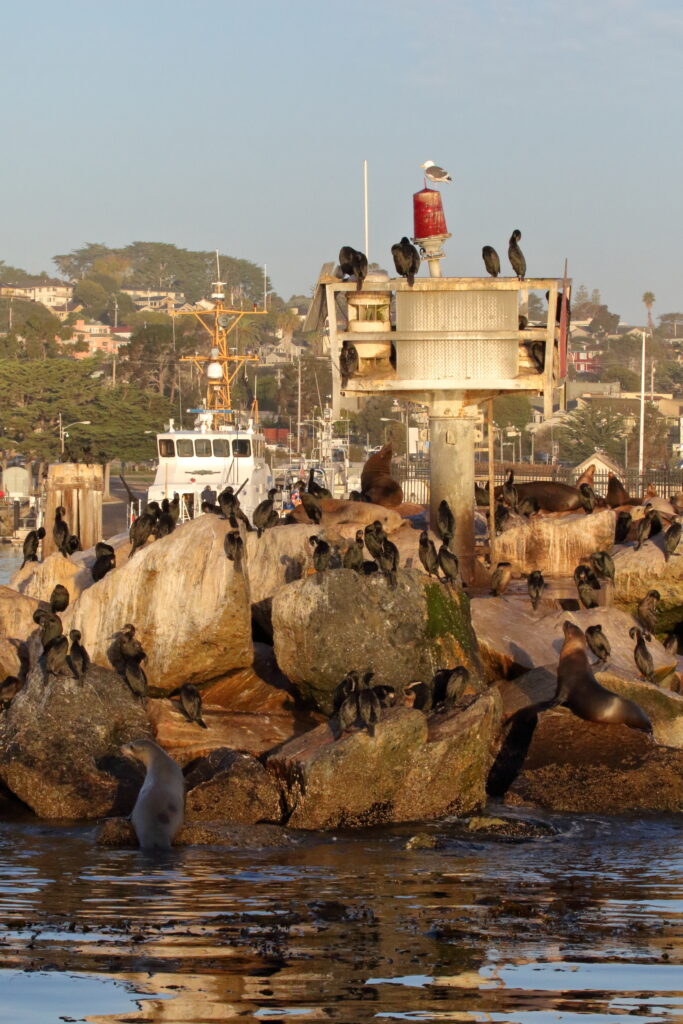
Besides taking measures against seasickness, I’d compiled a slideshow to identify many of the species that were possible on this trip, and spent a good few hours staring at jaeger plumages, identification of winter alcids, and tubenose flight styles. I had a good idea of which birds were likely or possible on this trip, and had several targets in mind. Two of those were the birds I’d missed on the trip my dad and I had taken out of Monterey Bay six years earlier, Buller’s Shearwater and Ashy Storm-petrel. I’d been in the cabin, trying not to throw up, as these birds had flown by the boat. I intended for a different story this time.
Leaving the harbor, Alvaro called out a lifer almost immediately: Marbled Murrelet. I quickly saw smaller, browner alcids sitting in pairs between the groups of Common Murres, and allowed myself a few looks in my binoculars at these birds with such interesting ecology. Marbled Murrelet is a bird that has been on my dad’s and my minds for some time now, in part because, despite being seabirds, they breed dozens of miles inland in old growth forests. I learned later that in this area, while land was still in view, we had the highest count of this species ever recorded on any of Alvaro’s pelagic trips!
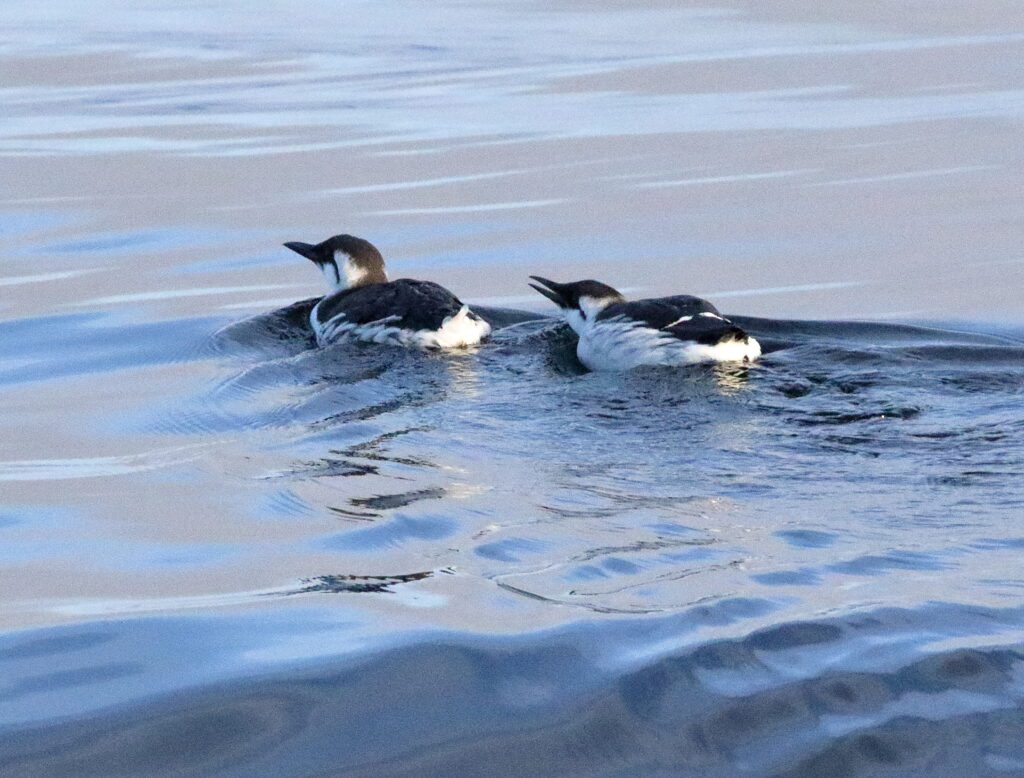
We began to move north and away from shore, and the water began to grow choppy. As I waited for birds to begin appearing, I talked with a friendly British birder standing next to me, and learned about all of the rare birds he’d been seeing in Britain in the last few years, including an American Robin that thousands of birders had gone to look for. The fog did not show any signs of disappearing, but we soon began to see birds streaking by in the distance: our first Sooty Shearwaters of the trip. Soon, we were amongst them, and by the end of the trip we had tallied thousands of the species. Pink-footed Shearwaters began to join them in low numbers, and I glimpsed a Northern Fulmar sitting in the water, a bird that I’d never seen in the United States.
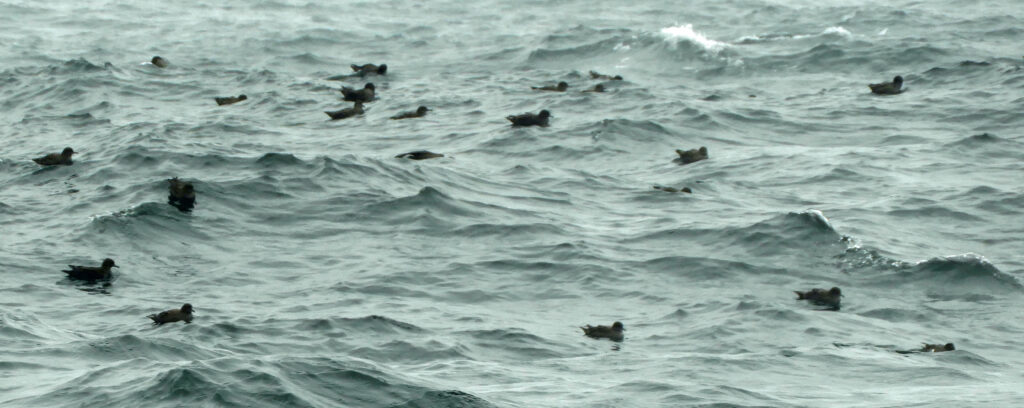
Alas, the seas were not cooperating with my stomach. I later spoke to a birder who had been on upwards of twenty pelagic trips out of California who told me that he had never been on seas this rough. The wave heights reached seven or more feet at some points, and I stood there with my eyes on the horizon, refusing to glance at any birds that flew by. Please, I prayed, No seasickness today. It’s dampened enough of my pelagics already.
It was wishful thinking. After about an hour and a half of holding out, I made my way to the back of the boat and released my breakfast. This began a day of the most physical pain I have ever been in while birding. I had to visit the back of the boat eight times, in-between lying flat on my back on a seat in the cabin. I felt frustrated. I’d tried so hard, and done everything right, yet still, I was almost the only person on the boat stricken with seasickness and by far the worst case. And what’s more, I missed birds because of it.
As I lay in the cabin, trying to ignore the dizziness in my head, I heard one of the spotters out on the deck call out “Buller’s Shearwater!” I jumped up and rushed outside, but couldn’t spot the bird as it flew away from us. I could barely stand up, and had no intention of standing out there if the bird wasn’t there. There will be others, I thought, but there weren’t. It was the only Buller’s spotted on the whole trip, and as I learned later, the rarest bird seen that day. Sigh. I had really wanted to see that bird, a tubenose with such a detailed, beautiful wing pattern, yet something beyond my control had taken it from me for a second time. Adding to my frustration, I had no idea when I would be able to take another pelagic out of coastal California, but it would surely be years.
But as I lay in bed, I had to remind myself that a birding trip is not just defined by what birds you miss. Circumstance, not skill, had been the reason I’d missed the bird, and I’d see another one someday. And the birds (and other wildlife) I had seen had made the trip very worth it.
I missed one other lifer due to seasickness, one that was considerably less impressive than Buller’s Shearwater: Cassin’s Auklet, what I still believe to be not only the most lackluster alcid but one of the more boring birds in the United States. When several were called out, I sat up from my bench in the cabin and looked through the window in vain, straining to see a shape, but with no luck. However, when Ashy Storm-Petrel was announced over the intercom, I did the same thing, with success. I briefly spotted several dark, swallow-like birds flapping over the open ocean before collapsing back onto my seat. I lay there thinking, well, the looks weren’t great, but at least I saw the bird. And then it hit me. Marbled Murrelet had been my life bird #998. Ashy Storm-Petrel was #999. I’d just missed the Buller’s, but could not miss the next lifer that was called out, no matter how much physical pain it caused me.
The next bird called out was not a lifer, but it was a bird I hadn’t seen in six years and one I had been looking forward to seeing again. “Black-footed Albatross at nine o clock, flying towards the boat!”. I lifted myself up to stare out the window, and sure enough, there it was. A huge, dark seabird with a light-colored face cruised by at close range, causing me to smile as I fell back into my seat.

And then it happened. “There’s a flock of Sabine’s Gulls at nine o clock, and a Long-tailed Jaeger’s chasing them!” I again leapt out of my seat, stomach doing flips, and grabbed my binoculars from the table before stumbling out onto the deck. “Where is the jaeger?” I said, half-asleep (the “Less Drowsy” Dramamine had not been what it claimed to be). “There, behind the gulls!”
I stared out at a large flock of Sooty Shearwaters floating in the water. There were no gulls here. And then, the water dipped, revealing twenty-or-so Sabine’s Gulls in full breeding plumage, something I’d never seen before. I spent very little time admiring them, however—I was about to throw up again and I needed to get on this lifer. Then I saw it: a cream-colored bird with a dark cap and brown wings sitting in the water, its two long tail streamers waving in the wind. The whole flock suddenly flushed, scattering everywhere. The shearwaters went away from the boat, while the gulls flew off towards the front. The jaeger, however, decided to fly right over us. I stared up in astonishment as this beautifully-patterned, rare seabird floated right overhead, giving me the best views I’d ever had of any of the three jaeger species. It even had its tail feathers completely intact, making the identification much easier than anything I’d prepared for! Then, in celebration of my 1000th world life bird, I emptied the contents of my stomach over the back of the boat.
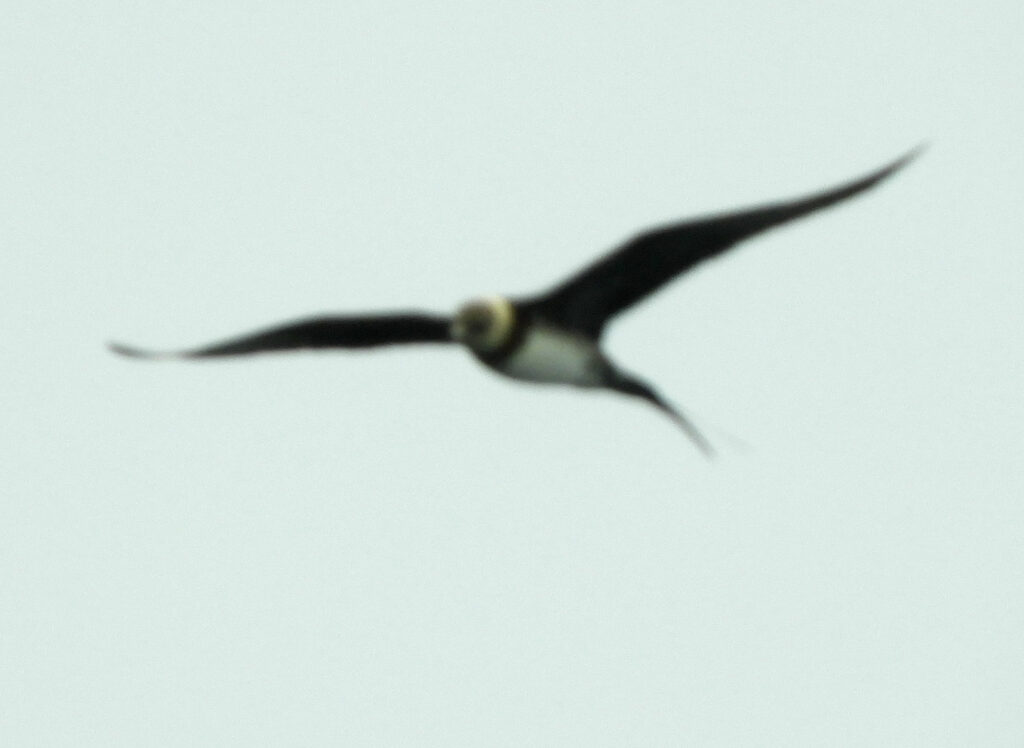
I forced myself to get up and peer through the cabin window for one more animal: Killer Whales. When they were called out, I ignored the thoughts in my head about how I’d seen them before in Iceland and should try to sleep instead, again peering out the foggy window. Sure enough, a young male Orca surfaced right next to the boat, showing off its white eye-spot and gray, saddle-like patch located behind its fin. That was all I could do before laying back down. The cetaceans then proceeded to put on a show for the rest of the boat, and turned out to be significantly rarer than anything else we saw that day, having only been seen on trips like this a handful of times. Other mammals that I got glimpses of were Humpback Whale, California Sea Lion and Harbor Seal.
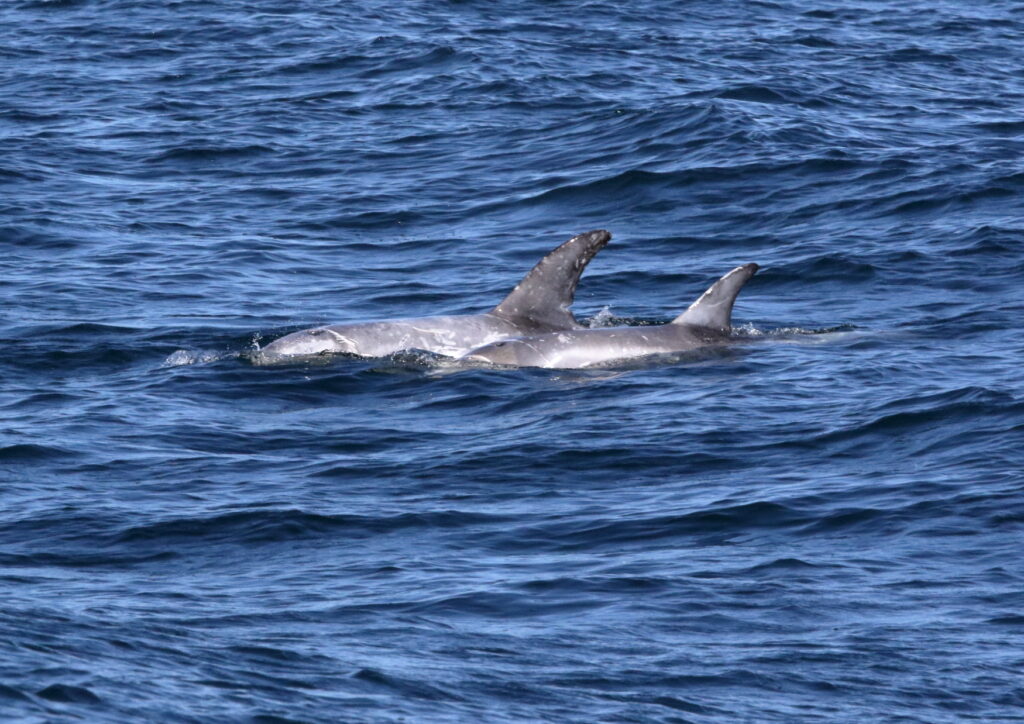
Once we were about an hour from shore, on our way back, I got up and walked back out on the deck, feeling significantly better after sleeping for a few hours. Both the sky and the ocean had cleared up, and I stared at the Sooty Shearwaters that flew by, hoping another Buller’s would make an appearance. Besides those two lifers, I’d missed two other species: a Tufted Puffin that had flown by while I was in the bathroom, and several Pomarine Jaegers. As we drew closer to shore, however, I noticed a strange-looking gull flying in front of the boat. I raised my binoculars, and shouted out an identification before my brain could even decide if that identification was right or not. “Pomarine Jaeger!”
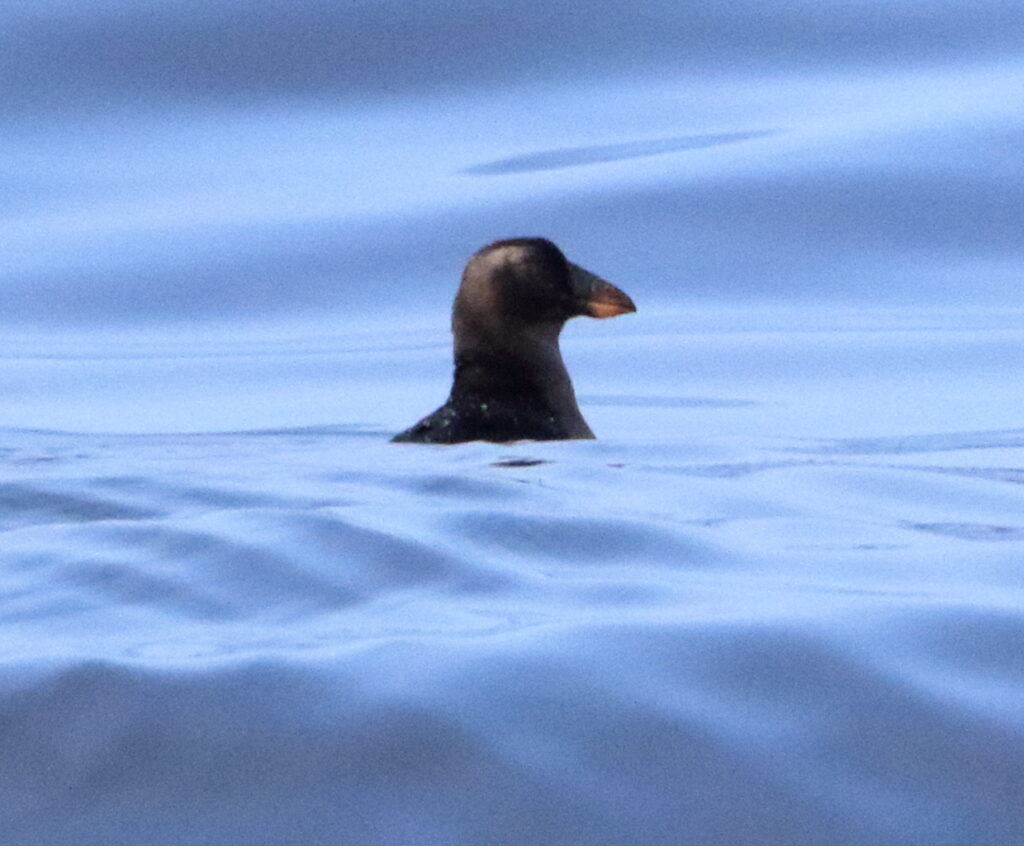
Sure enough, all of the experts agreed—it was a clean-looking light morph jaeger with a dark breast band and a barrel-chested look. Despite the fact that the spotters had been calling out jaegers all day, I’d never spotted and identified one by myself, and a feeling of pride washed over me as everyone else got on the bird. This bird also helped me knock down my list of missed species to only three.
I basically kissed the ground once we got back to shore. Me and Sam’s birding for the day was not yet done, but that will have to make another blog. Despite the fact that my entire body was sore, and I was frustrated about missing one of the birds I’d most wanted to see, I had also had a great time. Getting great looks at Pomarine and Long-tailed Jaeger alone had made the trip worth it, besides all of the year birds and other lifers I’d seen. I’d gotten to one thousand species—roughly one-tenth of all of the bird species on the planet, and well on my way to seeing the other nine thousand. I was also firmly hooked on seabirds. One of the first things I said to my dad when he called me the next morning was this, “If I had to go through everything I went through all over again today, it would be worth it. I would get back on that boat.”

